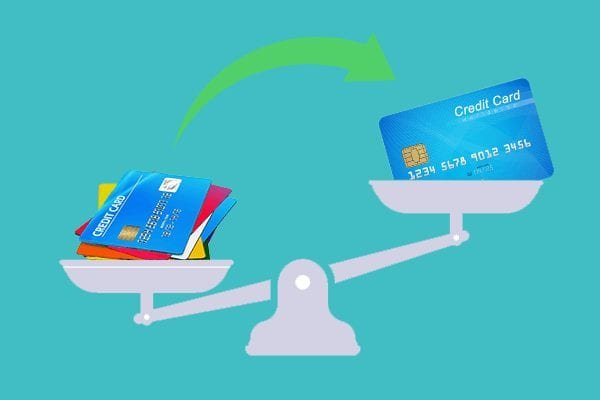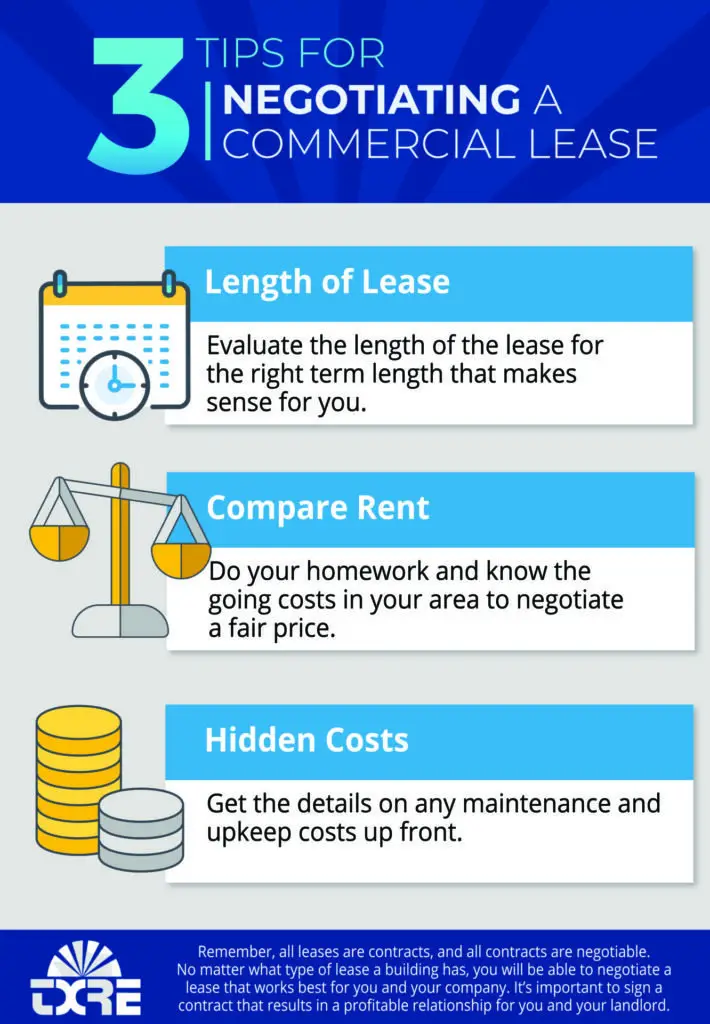Looking to understand balance transfer credit cards? You’ve come to the right place. If you’re wondering how to manage your credit card debt more effectively or reduce your interest payments, then balance transfer credit cards can be a game-changer for you. By transferring your existing credit card balance to a new card with a lower interest rate, you can potentially save a significant amount of money in interest charges. In this article, we will delve into the world of balance transfer credit cards and help you grasp the ins and outs of this financial tool. So, let’s dive in and demystify the concept of understanding balance transfer credit cards.
Understanding Balance Transfer Credit Cards
Balance transfer credit cards can be a useful tool for managing your credit card debt and saving money on interest payments. If you find yourself carrying a balance on a high-interest card or multiple cards, a balance transfer credit card could be a solution to consider. In this article, we will delve into the details of balance transfer credit cards, exploring how they work, the benefits and drawbacks, and key considerations before making a decision.
What is a Balance Transfer Credit Card?
A balance transfer credit card is a type of credit card that allows you to transfer the balance from one or multiple existing credit cards to a new card. The main purpose of a balance transfer is to consolidate your debts into one account with a potentially lower interest rate or a promotional 0% APR (Annual Percentage Rate) introductory period. This can provide temporary relief from high-interest charges and help you pay off your debt faster.
Here’s how it typically works:
- You apply for a balance transfer credit card with a new issuer.
- If approved, you provide the details of the existing credit card(s) and the amount you want to transfer.
- The new issuer pays off the balances on your behalf, effectively transferring the debt to the new card.
- You now owe the new issuer the transferred balance, often subject to the terms and conditions of the new card.
The Benefits of Balance Transfer Credit Cards
Balance transfer credit cards offer several potential benefits for those looking to manage their credit card debt. Consider these advantages:
1. Lower Interest Rates
One of the main attractions of balance transfer credit cards is the potential for lower interest rates. By transferring your balances to a card with a lower APR, you can save money on interest payments and reduce the overall cost of your debt. Some balance transfer cards even offer promotional 0% APR introductory periods, which can provide significant interest savings for a specified time.
2. Debt Consolidation
Managing multiple credit card payments and due dates can be complicated and overwhelming. With a balance transfer credit card, you can consolidate your debts into one account, simplifying your financial life. Having only one payment to make each month can make it easier to stay on top of your payments and ensure you don’t miss any deadlines.
3. Potential Savings
By taking advantage of a balance transfer credit card with a lower interest rate or a promotional 0% APR period, you can potentially save a significant amount of money. This savings can be especially noticeable if you were previously paying high-interest rates on your existing credit cards. With the right strategy and disciplined payments, you can reduce your debt faster and save on interest charges.
4. Improved Credit Score
When managing credit card debt, your credit utilization ratio plays a crucial role in determining your credit score. This ratio represents the amount of credit you are currently using compared to the total amount of credit available to you. By consolidating your debts onto a single balance transfer credit card, you can lower your credit utilization ratio, which may have a positive impact on your credit score.
Important Considerations Before Applying
While balance transfer credit cards can offer significant advantages, it’s essential to understand the potential drawbacks and consider a few key factors before applying:
1. Balance Transfer Fees
Most balance transfer credit cards charge a fee for each transfer you make. This fee is typically a percentage of the transferred amount. Before applying, calculate whether the potential interest savings outweigh the cost of the transfer fee. Some cards may offer introductory periods with waived fees, so it’s worth exploring these options if available.
2. Introductory Periods
If you opt for a balance transfer card with a promotional 0% APR introductory period, be aware of the duration. These periods can range from a few months to over a year. Consider your ability to pay off the transferred balance within the promotional period. If you can’t, you may face high-interest charges once the introductory period ends.
3. Ongoing APR
After the introductory period, the balance transfer credit card will revert to a regular APR. Review the ongoing APR to ensure it is competitive compared to your existing cards. If the ongoing APR is higher, calculate whether the interest savings during the promotional period justify the transfer.
4. Credit Score Impact
Applying for a new credit card and transferring balances may impact your credit score. The credit inquiry and opening a new account can temporarily lower your score. However, if you manage the new card responsibly and make timely payments, your credit score can recover and potentially even improve over time.
Using Balance Transfer Credit Cards Strategically
To make the most of a balance transfer credit card, it’s important to have a strategic plan in place. Consider the following tips:
1. Calculate your Savings
Before applying for a balance transfer credit card, calculate the potential interest savings. Compare the costs of the transfer fees and ongoing APRs with the interest charges on your existing cards. Ensure that the savings justify the effort and any associated fees.
2. Pay Attention to Terms and Conditions
Thoroughly read and understand the terms and conditions of the balance transfer credit card you are considering. Pay attention to the promotional period, ongoing APR, fees, and any other relevant details. This will help you make an informed decision and avoid any surprises later on.
3. Create a Repayment Plan
A balance transfer credit card is not a magic solution. It’s important to create a repayment plan and stick to it. Determine how much you can afford to pay towards your debt each month and set a timeline for paying off the balance. Avoid accumulating more debt on the new card and strive to make consistent payments.
4. Avoid Closing Old Accounts Immediately
After transferring balances to a new credit card, it may be tempting to close your old accounts. However, it’s generally recommended to keep them open, especially if they have a positive payment history and contribute to your credit history length. Keeping these accounts open can help maintain your credit score and demonstrate responsible credit management.
By following these strategies, you can maximize the benefits of a balance transfer credit card and take control of your debt more effectively.
Understanding balance transfer credit cards is essential for anyone looking to manage their credit card debt more effectively. These cards can offer lower interest rates, debt consolidation, potential savings, and credit score improvement. However, it’s crucial to consider the balance transfer fees, introductory periods, ongoing APRs, and potential credit score impact before making a decision.
By using balance transfer credit cards strategically and creating a repayment plan, you can take advantage of the benefits while minimizing the drawbacks. Remember to calculate potential savings, pay attention to terms and conditions, create a repayment plan, and avoid closing old accounts immediately.
With the right approach and disciplined financial management, balance transfer credit cards can be a useful tool to get your credit card debt under control and pave the way to financial freedom.
Balance Transfer Cards 101: Everything You Need to Know
Frequently Asked Questions
Frequently Asked Questions (FAQs)
What are balance transfer credit cards?
Balance transfer credit cards are credit cards that allow you to transfer the outstanding balance from one credit card to another. This feature is often used to consolidate debt or take advantage of lower interest rates.
How do balance transfer credit cards work?
When you transfer the balance from one credit card to another, the new credit card company pays off the debt on your old card. You then owe the new credit card company the transferred amount. This can help you save money by taking advantage of introductory low or 0% interest rates.
What are the benefits of using a balance transfer credit card?
Using a balance transfer credit card can have several benefits, such as:
– Lower interest rates: Many balance transfer credit cards offer an introductory period with low or 0% interest rates, which can help you save on interest charges.
– Debt consolidation: If you have multiple credit card debts, transferring them to one card can make it easier to manage and pay off your debt.
– Potential savings: By reducing your interest payments, you may be able to save money in the long run.
Are there any drawbacks to using a balance transfer credit card?
While balance transfer credit cards can be useful, there are some potential drawbacks to consider:
– Balance transfer fees: Some credit card companies charge a fee for transferring a balance, usually a percentage of the transferred amount. Make sure to factor in this fee when deciding if a balance transfer is worth it.
– Short introductory periods: The introductory low or 0% interest rates typically last for a limited time, often between 6 and 18 months. After the introductory period, the interest rates may increase substantially.
– Impact on credit score: Opening a new credit card and transferring balances can temporarily lower your credit score. However, if you make timely payments and manage your credit responsibly, your score can recover and even improve over time.
Can I transfer the entire balance from my old credit card?
Usually, you can transfer the entire outstanding balance from your old credit card to a new balance transfer credit card. However, some credit card companies may limit the transfer amount based on your credit limit or other factors. Make sure to check with the credit card company for any specific restrictions.
How long does a balance transfer take?
The time it takes to complete a balance transfer can vary depending on the credit card company. In most cases, it takes around 7 to 14 days for the transfer to be processed. During this time, it’s important to continue making payments on your old credit card until the transfer is confirmed.
Can I transfer balances between cards from different banks?
Yes, it is usually possible to transfer balances between credit cards issued by different banks. However, each credit card company may have its own policy and procedures for balance transfers. Make sure to check with both the old and new credit card companies for any specific requirements or restrictions.
What should I consider before applying for a balance transfer credit card?
Before applying for a balance transfer credit card, consider the following:
– Introductory period: Check the length of the introductory low or 0% interest rate period and make sure it gives you enough time to pay off your transferred balance.
– Balance transfer fees: Consider the fees associated with the balance transfer and compare them to the potential interest savings.
– Ongoing interest rates: Find out what the interest rates will be after the introductory period ends and ensure they are manageable for your financial situation.
– Credit limit: Make sure the new credit card’s credit limit is sufficient to accommodate the balance you want to transfer.
– Credit score impact: Understand that applying for a new credit card and transferring balances may temporarily impact your credit score.
Remember to evaluate your specific financial needs and compare different balance transfer credit cards to find the one that best suits your situation.
Final Thoughts
Understanding balance transfer credit cards is essential for managing debt effectively. These cards allow individuals to transfer their existing credit card balance to a new card with a lower interest rate, saving them money on interest payments. By consolidating debt onto one card, it becomes easier to track and manage payments. When considering a balance transfer credit card, it is important to research and compare different offers to find the best terms and fees. Prioritizing responsible spending habits and making regular, on-time payments can help improve credit scores over time. Overall, understanding balance transfer credit cards empowers individuals to take control of their financial situation and save money in the long run.



